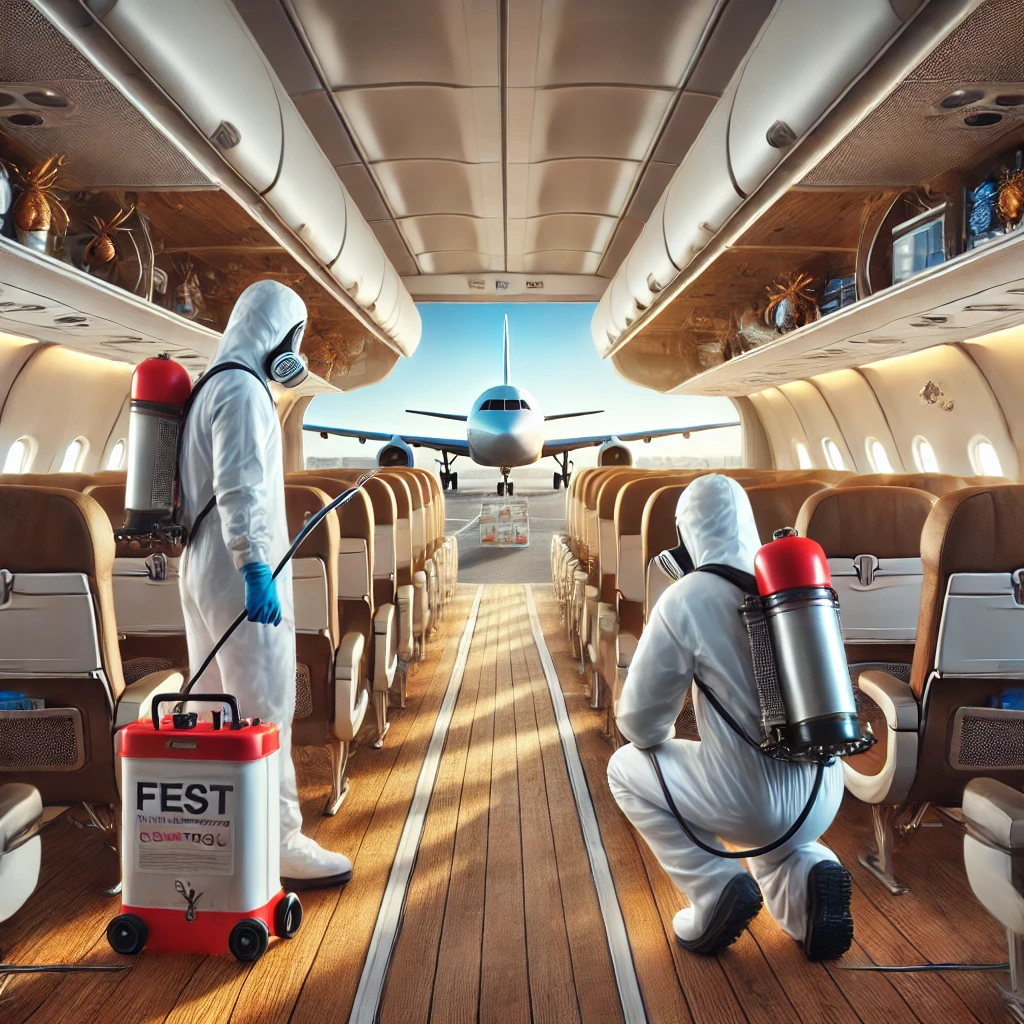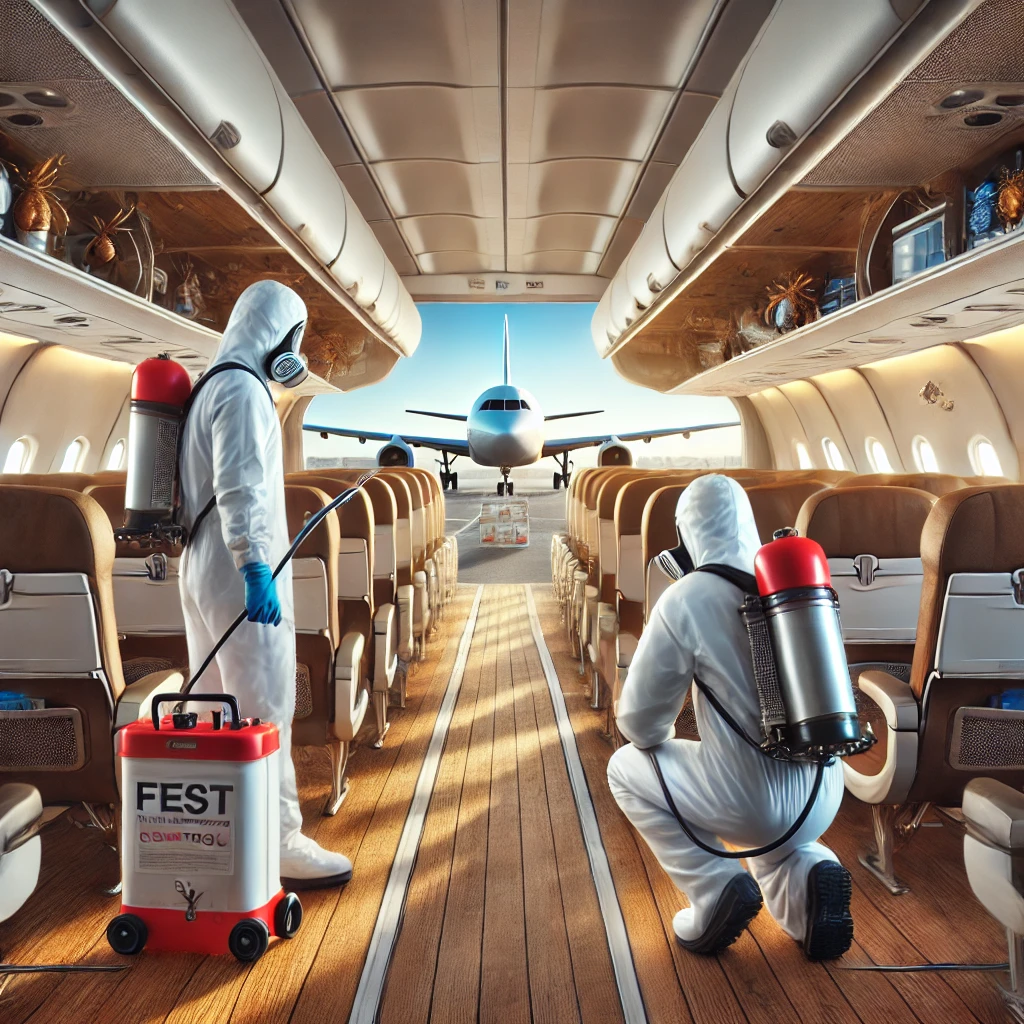
Introduction to Fumigation in Aviation
Fumigation and pest control in the aviation industry are critical for maintaining safety, hygiene, and operational efficiency. Aircraft, airports, and related facilities are susceptible to various pests, which can affect both the structural integrity of the infrastructure and the health of passengers and crew. Effective pest management strategies are essential to prevent infestations, ensure compliance with regulations, and protect public health.
Challenges of Pest Control in Airports
Airports present unique challenges for pest control due to their size, complexity, and high traffic. Pests can enter and spread through various airport facilities, including terminals, cargo areas, and maintenance zones. Additionally, the constant movement of passengers and goods increases the risk of pest introduction and spread. To address these challenges, airports must implement comprehensive pest management programs that include regular inspections, targeted treatments, and preventive measures.
Fumigation Procedures for Aircraft
Fumigation is a critical component of pest control for aircraft. Aircraft can be susceptible to pests due to their various compartments and frequent travel through different environments. Fumigation procedures are designed to eradicate pests and ensure the aircraft is safe for passengers and crew. Specialized techniques, such as the use of approved fumigants and adherence to strict protocols, are essential to effectively manage pests without compromising the safety of the aircraft.
Regulatory Compliance and Safety Standards
Compliance with regulatory standards is crucial for effective pest control in the aviation industry. Regulations set by aviation authorities, such as the Federal Aviation Administration (FAA) and the International Civil Aviation Organization (ICAO), provide guidelines for pest management practices and safety measures. Adhering to these regulations ensures that pest control procedures meet industry standards and protect both the environment and human health.
Integrated Pest Management (IPM) in Aviation
Integrated Pest Management (IPM) is an effective approach to pest control in the aviation industry. IPM combines multiple strategies, including biological control, habitat management, and mechanical methods, to manage pests in a sustainable manner. By implementing IPM principles, airports and airlines can reduce the reliance on chemical treatments and minimize the impact of pest control measures on the environment and human health.
Training and Awareness for Aviation Staff
Training and awareness are key components of successful pest control in the aviation industry. Staff members, including maintenance crews, ground handlers, and airport security personnel, should be educated on pest identification, prevention measures, and reporting procedures. Regular training sessions and awareness programs help ensure that all personnel are equipped to contribute to pest management efforts and maintain a pest-free environment.
Conclusion
Fumigation and pest control in the aviation industry are essential for maintaining safety, hygiene, and operational efficiency. Addressing the challenges of pest control in airports, implementing effective fumigation procedures, and ensuring regulatory compliance are crucial for successful pest management. Integrating IPM strategies and providing staff training further enhance pest control efforts, contributing to a safer and more efficient aviation environment.

